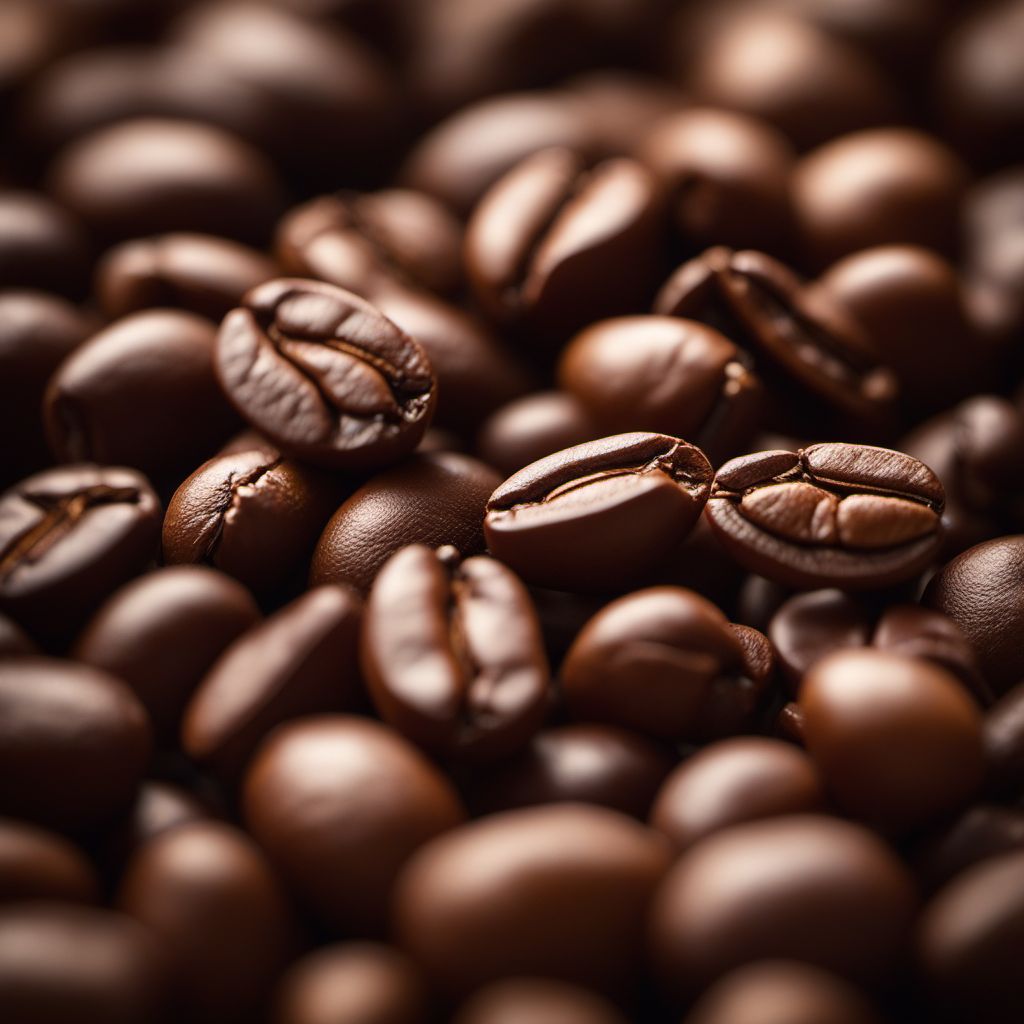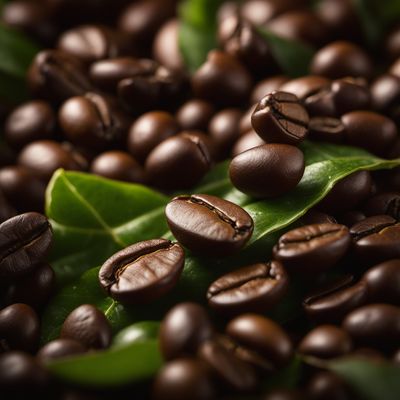
Ingredient
Coffee beans and similar-
The Elixir of Energy
Coffee beans and similar ingredients are small, dark, and aromatic seeds that are harvested from the Coffea plant. They have a rich, bold flavor with hints of bitterness and a smooth, velvety texture. These ingredients are commonly used to make coffee, espresso, cappuccino, and other caffeinated beverages. They can also be ground into a fine powder and used in baking or cooking to add a unique flavor to desserts and savory dishes.
Origins and history
Coffee beans have a long and fascinating history that dates back to ancient times. They were first discovered in Ethiopia and later spread to the Arabian Peninsula, where they were cultivated and traded. Coffee became popular in Europe during the 17th century and quickly spread across the globe, becoming one of the most consumed beverages in the world. Today, coffee beans are grown in various regions, including South America, Africa, and Asia, each producing beans with distinct flavors and characteristics.
Nutritional information
Coffee beans and similar ingredients are a good source of caffeine, which provides a natural energy boost. They also contain antioxidants and may have potential health benefits, such as reducing the risk of certain diseases. However, it's important to consume them in moderation as excessive caffeine intake can have negative effects.
Allergens
Coffee beans and similar ingredients may contain allergens such as mold or mycotoxins, which can cause allergic reactions in some individuals. Additionally, some people may be sensitive to the caffeine content in coffee beans and experience side effects such as jitters or insomnia.
How to select
When selecting coffee beans, look for whole beans that are uniform in size and have a shiny appearance. Avoid beans that are broken, discolored, or have a dull surface. It's also recommended to choose beans that have been recently roasted for the freshest flavor.
Storage recommendations
To maintain the freshness and quality of coffee beans, store them in an airtight container in a cool, dark place, away from moisture, heat, and light. Avoid storing them in the refrigerator or freezer as they can absorb odors and moisture. It's best to grind the beans just before use to preserve their flavor and aroma.
How to produce
Coffee beans can be grown at home by planting coffee seeds in a well-draining soil mixture and providing them with the right amount of sunlight, water, and temperature. However, it's important to note that coffee plants require specific conditions to thrive, such as a tropical or subtropical climate.
Preparation tips
To prepare coffee beans for brewing, grind them to the desired consistency using a coffee grinder. The grind size will depend on the brewing method you choose, such as coarse for French press or fine for espresso. Experiment with different brewing techniques and ratios to find your preferred flavor profile. For cooking or baking, you can use ground coffee or espresso powder to add a rich, deep flavor to recipes such as chocolate desserts, marinades, or rubs for meat.
Culinary uses
Coffee beans and similar ingredients are commonly used to make various beverages such as coffee, espresso, cappuccino, latte, and mocha. They can also be used in desserts like tiramisu, coffee-flavored ice cream, or chocolate-covered coffee beans. In savory dishes, coffee beans can be used as a spice or seasoning to add depth and complexity to dishes like chili, barbecue sauce, or dry rubs for meat.
Availability
Coffee beans and similar ingredients are cultivated in regions around the world, including South America (Brazil, Colombia), Central America (Costa Rica, Guatemala), Africa (Ethiopia, Kenya), and Asia (Indonesia, Vietnam). They are also widely available in supermarkets, specialty coffee shops, and online retailers.
